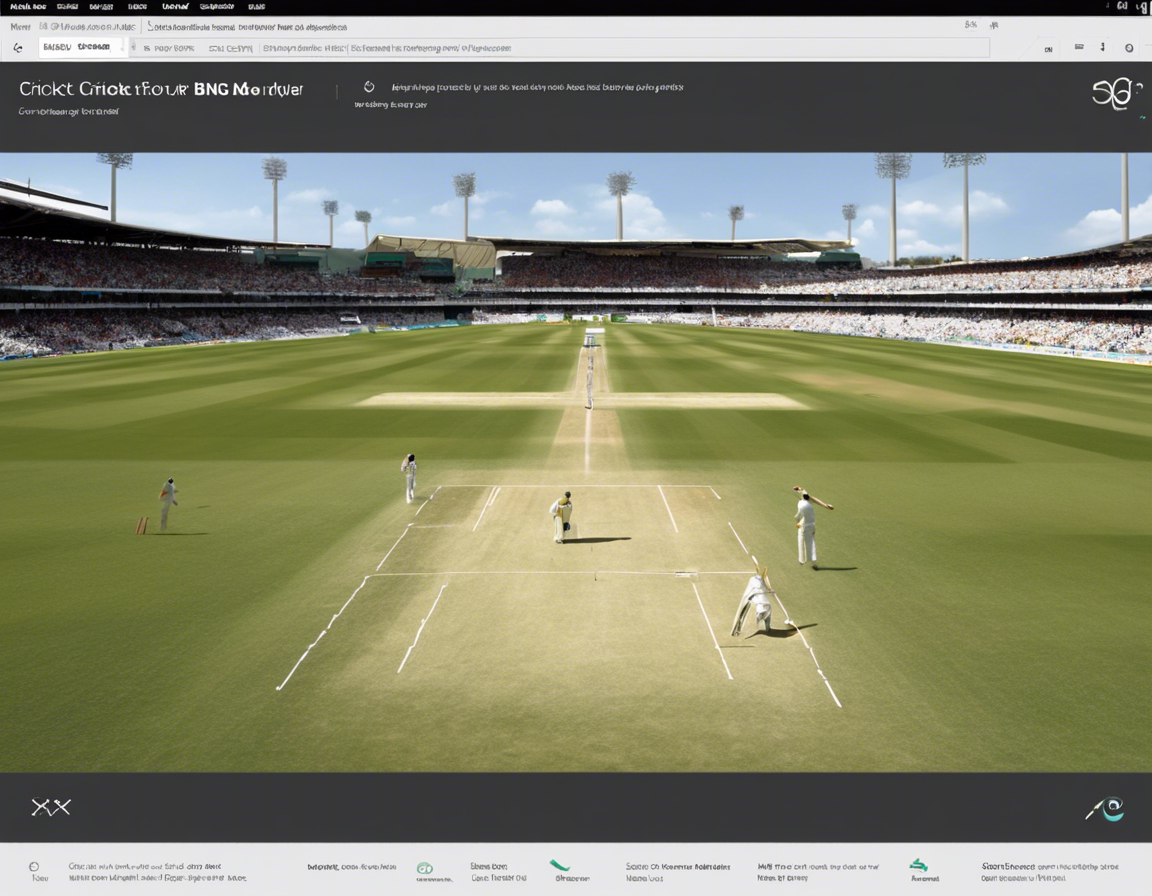Hannah Montoya Leak: What Happened and How to Prevent It
In the age of digital information and online presence, data breaches have become a prevalent issue that can have serious repercussions for individuals and businesses alike. One such incident that garnered significant attention was the Hannah Montoya leak. In this blog post, we will delve into what exactly happened in the Hannah Montoya leak, the implications of such a breach, and, most importantly, how individuals and organizations can take steps to prevent similar incidents in the future.
Understanding the Hannah Montoya Leak
The Hannah Montoya leak refers to a situation where the personal information of thousands of individuals was exposed to the public without their consent. The leak involved a database containing sensitive data such as names, addresses, phone numbers, and even financial information.
How Did the Leak Occur?
The leak is believed to have occurred due to inadequate cybersecurity measures in place to protect the database. Hackers were able to exploit vulnerabilities in the system and gain unauthorized access to the information stored within it.
Implications of the Leak
The consequences of the Hannah Montoya leak were far-reaching and severe. Individuals whose data was exposed became vulnerable to identity theft, fraud, and other malicious activities. The reputational damage to the organization responsible for safeguarding the information was immense, leading to loss of trust among its customers and stakeholders.
Preventing Data Leaks: Best Practices
While data breaches may seem inevitable in today’s digital landscape, there are several measures that individuals and organizations can take to mitigate the risks and prevent such incidents from occurring.
1. Encryption and Data Masking
Implementing encryption for sensitive data and using data masking techniques can help protect information even in the event of a breach. By rendering data unreadable to unauthorized users, the impact of a leak can be minimized.
2. Regular Security Audits
Conducting regular security audits and penetration testing can help identify vulnerabilities in systems and address them before they are exploited by malicious actors. It is essential to stay proactive in monitoring and securing systems.
3. Employee Training
Employees are often the weakest link in cybersecurity. Providing regular training on best practices for data security, the importance of strong passwords, and social engineering awareness can significantly reduce the risk of breaches caused by human error.
4. Multi-Factor Authentication
Implementing multi-factor authentication adds an extra layer of security to systems and accounts, making it harder for unauthorized individuals to gain access even if passwords are compromised.
5. Incident Response Plan
Having a robust incident response plan in place can help organizations swiftly respond to a data breach, minimize its impact, and communicate effectively with affected parties to rebuild trust.
Frequently Asked Questions (FAQs)
1. How can I check if my data was part of the Hannah Montoya leak?
You can use online tools like Have I Been Pwned to check if your email address or other information was included in known data breaches, including the Hannah Montoya leak.
2. What legal actions can individuals take in the event of a data leak?
Individuals affected by a data leak can seek legal recourse under data protection laws such as the General Data Protection Regulation (GDPR) or California Consumer Privacy Act (CCPA), depending on their jurisdiction.
3. How can businesses recover from the reputational damage caused by a data breach?
Businesses can rebuild trust by being transparent about the breach, offering support to affected individuals, and implementing stronger security measures to prevent future incidents.
4. Is cybersecurity insurance a worthwhile investment for businesses?
Cybersecurity insurance can provide financial protection in the event of a data breach or cyber attack. Businesses should evaluate their risk exposure and specific needs to determine if cybersecurity insurance is a worthwhile investment for them.
5. What role do regulatory compliance standards play in data security?
Regulatory compliance standards such as HIPAA (Health Insurance Portability and Accountability Act) or PCI DSS (Payment Card Industry Data Security Standard) set security requirements that organizations must adhere to, helping to protect sensitive data and prevent breaches.
In conclusion, the Hannah Montoya leak serves as a stark reminder of the importance of data security and the devastating consequences that can result from a breach. By implementing best practices in cybersecurity and taking proactive measures to safeguard information, individuals and organizations can reduce the risk of falling victim to similar incidents. Prevention is key in the fight against data breaches, and prioritizing data protection is essential in today’s interconnected world.














Post Comment